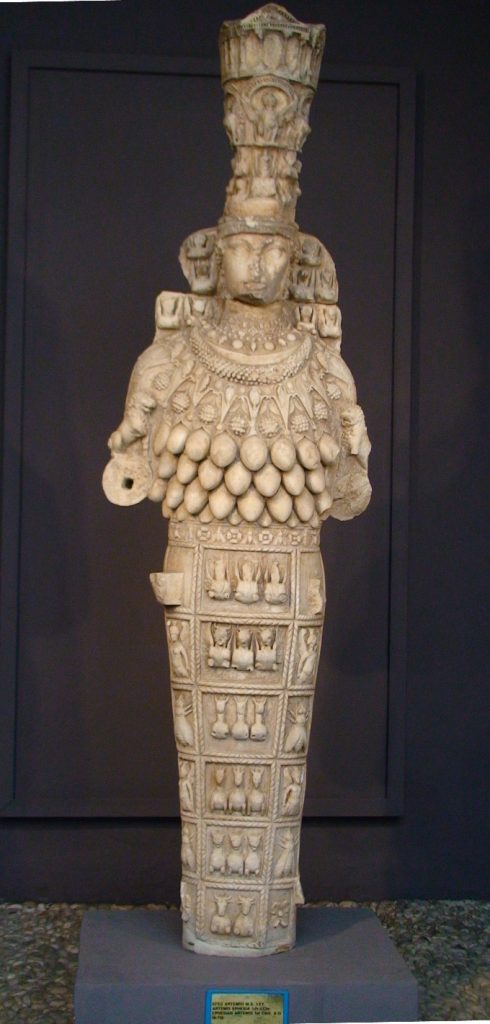In ancient Rome – really, the whole ancient world – participation in public or national festivals centered around idol worship, including sexual immorality and eating things sacrificed to idols.
“Religion in ancient Rome encompasses the ancestral ethnic religion of the city of Rome that the Romans used to define themselves as a people, as well as the adopted religious practices of peoples brought under Roman rule. The Romans thought of themselves as highly religious, and attributed their success as a world power to their collective piety (pietas) in maintaining good relations with the gods. According to legendary history, most of Rome’s religious institutions could be traced to its founders, particularly Numa Pompilius, the Sabine second king of Rome, who negotiated directly with the gods. This archaic religion was the foundation of the mos maiorum, ‘the way of the ancestors’ or simply ‘tradition’, viewed as central to Roman identity. The priesthoods of public religion were held by members of the elite classes. There was no principle analogous to ‘separation of church and state’ in ancient Rome. During the Roman Republic (509–27 BC), the same men who were elected public officials might also serve as augurs and pontiffs. Priests married, raised families, and led politically active lives. Julius Caesar became Pontifex Maximus before he was elected consul. … The Roman triumph was at its core a religious procession in which the victorious general displayed his piety and his willingness to serve the public good by dedicating a portion of his spoils to the gods, especially Jupiter, who embodied just rule.”
“Religion in Ancient Rome,” Wikipedia.
“Festivals in ancient Rome were an important part of Roman religious life during both the Republican and Imperial eras, and one of the primary features of the Roman calendar. … State holidays were celebrated by the Roman people and received public funding.”
“Roman Festivals,” Wikipedia.
Christine’s comment: Reviewing both articles shows the extent to which public holidays were both religious and national in character. The attendant rites which accompanied pagan idolatry, including animal sacrifice, were integral to the celebrations. This practice did not begin with Rome, but had come down from the original corruption of religion at Babel.
See these related posts for detail:
Public Celebrations in Pagan Idolatry
Immorality & Sacrifices Integral to Pagan Idolatry

